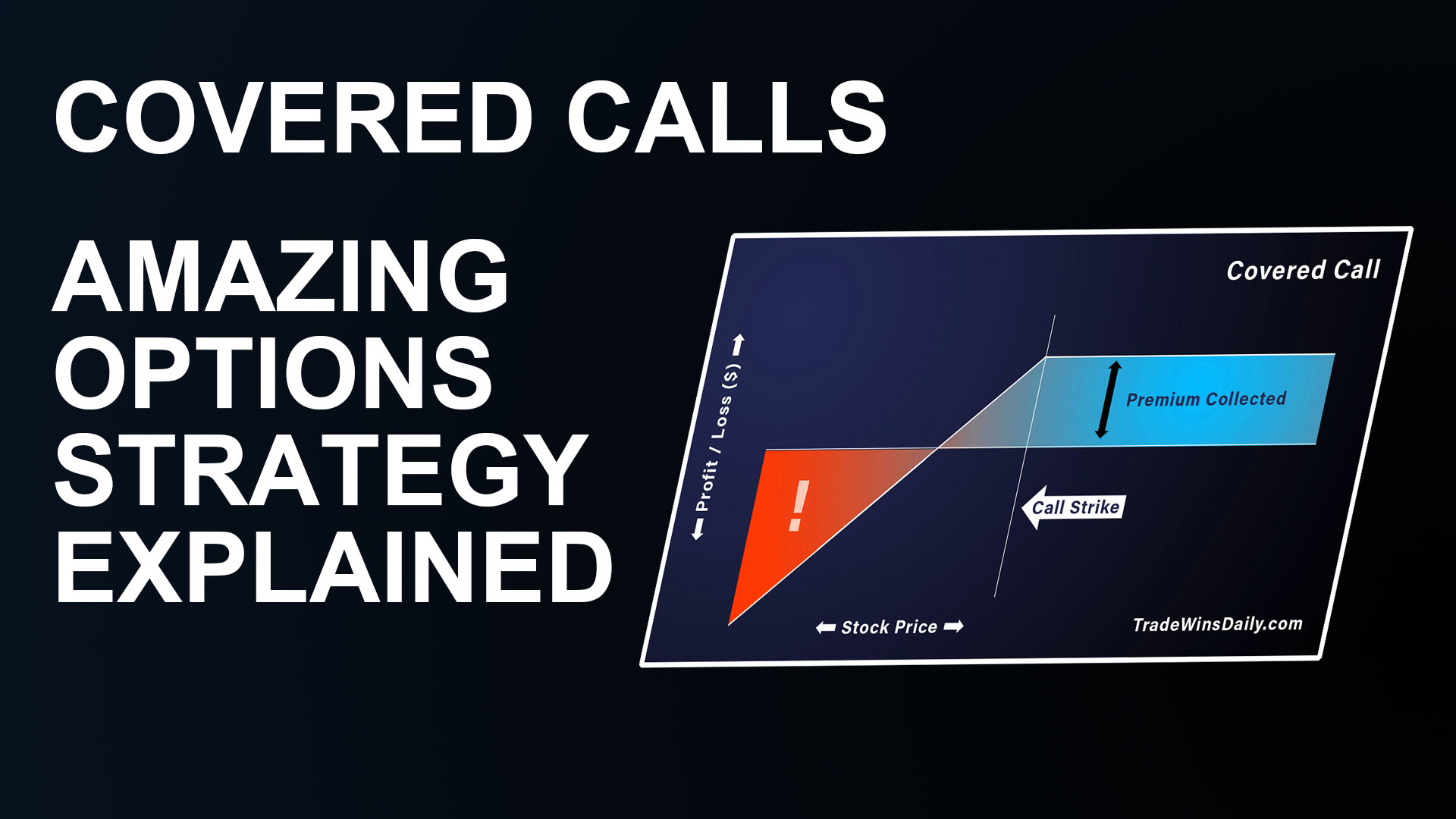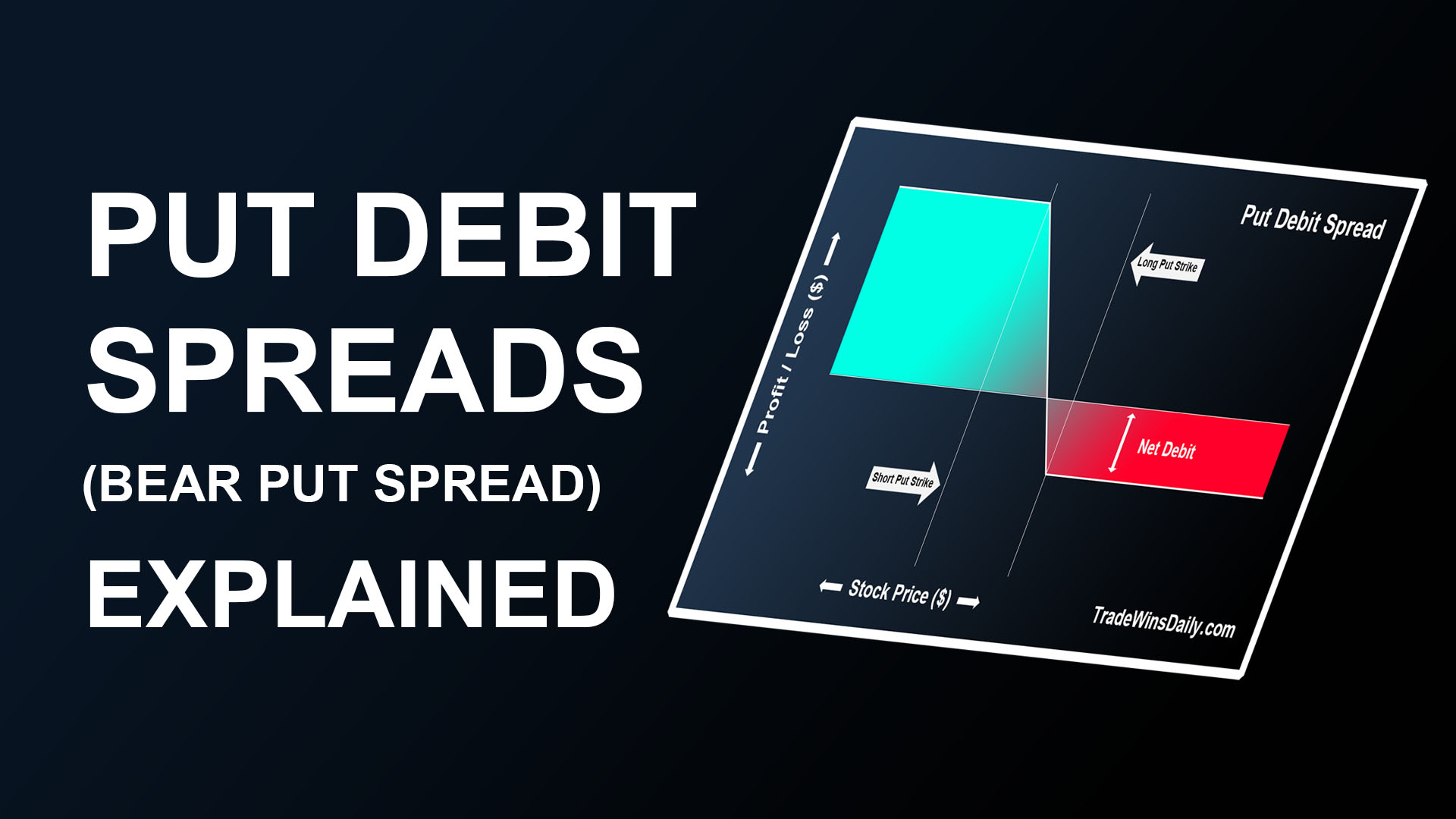What is a covered call?
A covered call is an options strategy with two components: a short call option, and a corresponding number of shares on the same company to cover the short call. It’s a versatile strategy that can allow you to collect income each month, and also to “name your price” where you’d be happy to sell shares from your portfolio – usually for a profit.
How to Create a Covered Call
As the name suggests, you can create a covered call by:
- Purchasing one hundred shares of stock
- Selling a call option against those shares
If you don’t know what a short call option is, it’s what you create when you sell a call. You can read more about calls and puts here.
Selling a call option basically means you’re promising to sell 100 shares of stock for a particular price. because of this, by itself, a short call option carries theoretically unlimited risk potential. That’s because, without having the 100 shares to “cover” your call option, you’d have to go buy the shares if your contract was ever assigned… no matter how high the cost.
That’s why it’s a smart move to already have those shares in your account… just in case.
Basically, the 100 shares are used as collateral for your short call option.
When would you use this strategy?
Consider selling covered calls if…
- You want to earn weekly or monthly income
- You want to hedge stocks you already own
- You want to buy shares at a discount
Related: 5 reasons to trade covered calls in 2021
How to Exit a Covered Call
Exiting a covered call is simple. Since you sold-to-open a call option to initiate the trade, you can later buy-to-close the option at any point.
Or, you can let the contract expire and one of two things will happen:
- if the option is in-the-money, you’ll sell your 100 shares at the strike price.
- if it’s out of the money, the option will become worthless and exire, and you’ll keep the full profit from selling the call option.
When to Exit
Choosing when to exit a covered call depends on your particular strategy and goals.
Lock in some profit
If the value of the option declines after you sell it, you can always buy-to-close the call option for a cheaper price. This will lock in your profit on the trade, which will be the initial selling price minus what you paid to purchase it back.
Maximize profit
You can maximize your profit on the trade by letting the option expire worthless if it’s not in the money. Because of the nature of time value decay (it’s exponential), the short call rapidly becomes more profitable for you as the expiration date approaches.
Get assigned
This is the other possible outcome on a covered call. If the price of the underlying stock rises above the strike price, there is a strong possibility that you’ll be assigned and have to sell your 100 shares of stock.
But that’s not necessarily a bad thing, since you were able to name your own selling price by choosing a strike price.
If you choose a strike price that’s higher than what you paid for the shares, then you’ll be locking in the difference as profit if you are assigned and need to sell.











Recent Comments